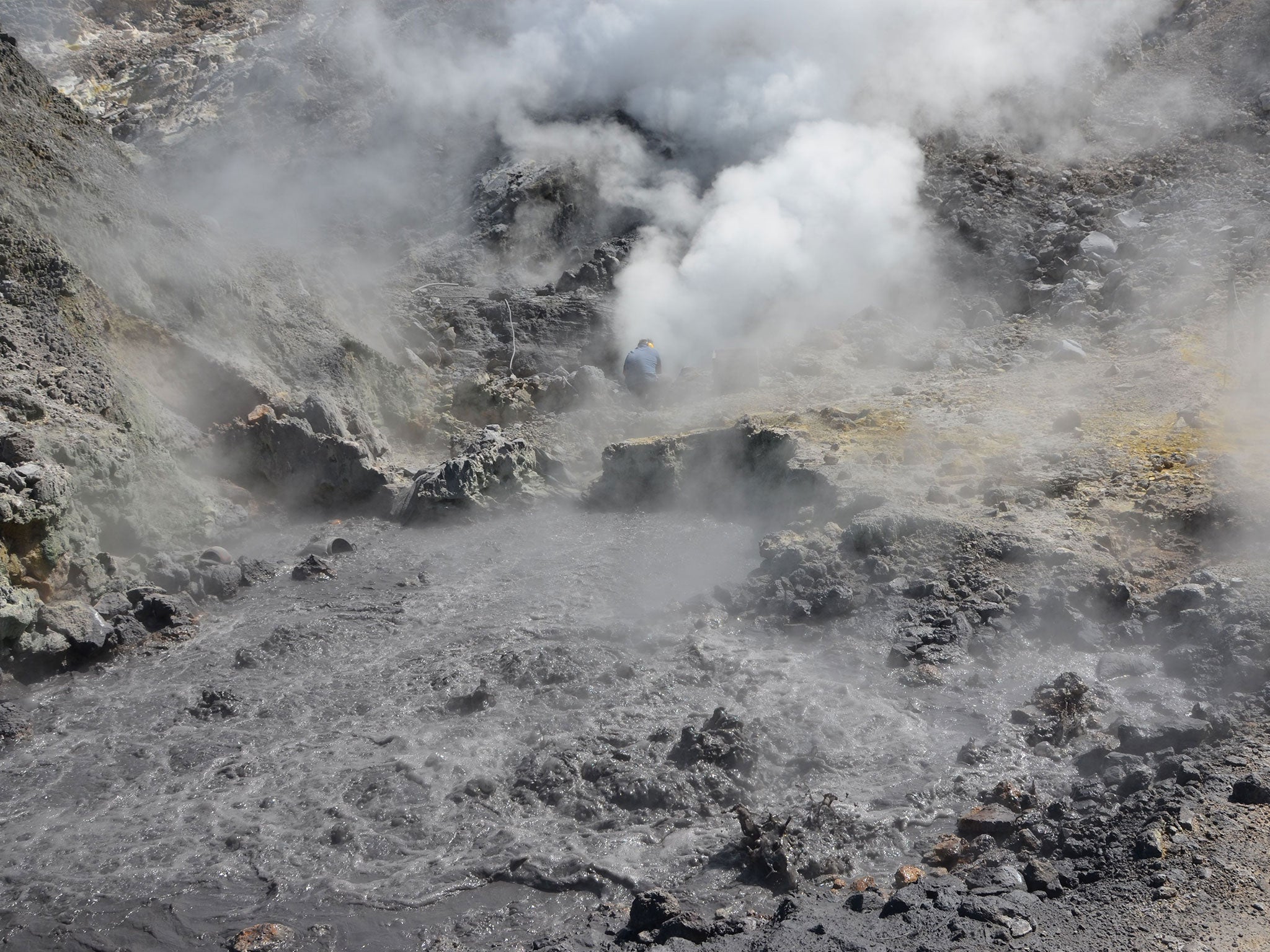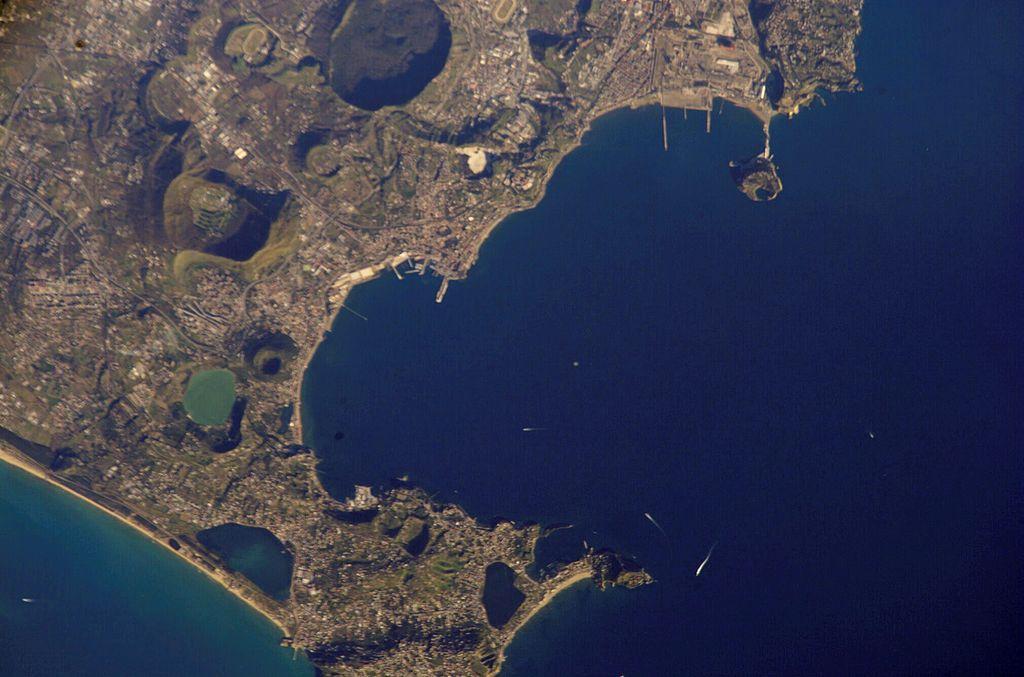Naples’ supervolcano is reaching ‘dangerous’ levels
Scientists warn Campi Flegrei eruption would be catastrophic for 1.5 million people in the region

Your support helps us to tell the story
From reproductive rights to climate change to Big Tech, The Independent is on the ground when the story is developing. Whether it's investigating the financials of Elon Musk's pro-Trump PAC or producing our latest documentary, 'The A Word', which shines a light on the American women fighting for reproductive rights, we know how important it is to parse out the facts from the messaging.
At such a critical moment in US history, we need reporters on the ground. Your donation allows us to keep sending journalists to speak to both sides of the story.
The Independent is trusted by Americans across the entire political spectrum. And unlike many other quality news outlets, we choose not to lock Americans out of our reporting and analysis with paywalls. We believe quality journalism should be available to everyone, paid for by those who can afford it.
Your support makes all the difference.Scientists have discovered a “hot zone” feeding a supervolcano near Naples in southern Italy, prompting fears it is nearing eruption.
Campi Flegrei, a volcanic caldera to the west of Naples, last erupted centuries ago and has been quiet since the 1980s, when the movement of magma into the volcano’s shallow chamber caused a series of small earthquakes.
Seismographic data from those tremors have now allowed scientists to pinpoint the source of the magma that entered Campi Flegrei’s chamber and caldera, the hot zone.
Analysis of this zone suggests the supervolcano is becoming more dangerous.
“One question that has puzzled scientists is where magma is located beneath the caldera, and our study provides the first evidence of a hot zone under the city of Pozzuoli that extends into the sea at a depth of 4 km,” said Dr Luca De Siena, who led the study at the University of Aberdeen.
“While this is the most probable location of a small batch of magma, it could also be the heated fluid-filled top of a wider magma chamber, located even deeper.”
His research suggests magma was blocked from rising to the surface in the 1980s by a 1-2km-deep rock formation, which forced it to release stress along a lateral route.
It is not yet clear what this means for the volcano’s future, but the relatively low amount of seismic activity in the area in the last three decades suggests pressure is building within the caldera.

“What this means in terms of the scale of any future eruption we cannot say, but there is no doubt that the volcano is becoming more dangerous,” Dr De Siena said.
An eruption will occur when the pressure of molten rock causes the ground to stretch to breaking point, which would be catastrophic for the 1.5 million people living in the Naples region.
“During the last 30 years the behaviour of the volcano has changed, with everything becoming hotter due to fluids permeating the entire caldera,” Dr De Siena explained.
“Whatever produced the activity under Pozzuoli in the 1980s has migrated somewhere else, so the danger doesn’t just lie in the same spot, it could now be much nearer to Naples which is more densely populated.”
Dr De Siena described Campi Flegrei, which translates as “burning fields”, as being like “a boiling pot of soup beneath the surface”.
The volcano’s most famous eruption, the Campanian Ignimbrite eruption, occurred around 39,000 years ago and spewed molten rock around 70km into the stratosphere.
This eruption was the largest Europe has seen in the last 200,000 years, and may have played a part in the extinction of the neanderthals.
Join our commenting forum
Join thought-provoking conversations, follow other Independent readers and see their replies
Comments